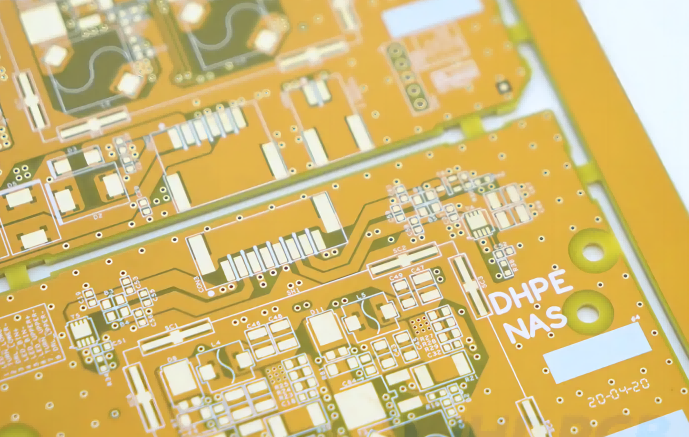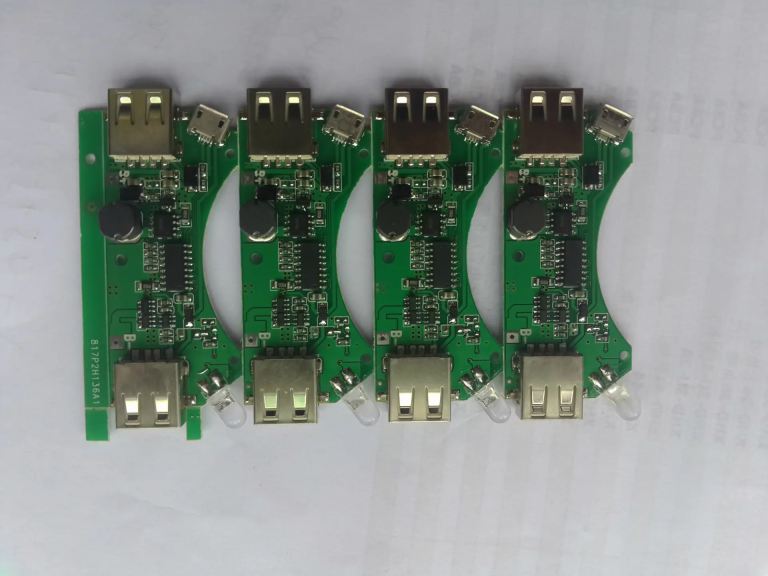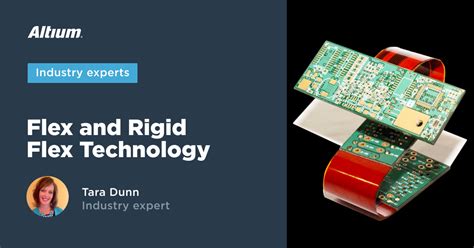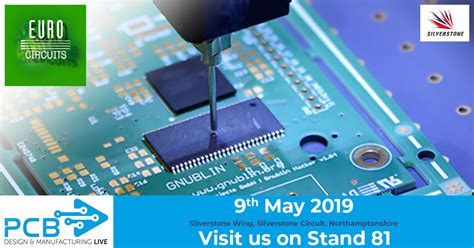Innovations in SMT Assembly for Enhanced Circuit Board Production
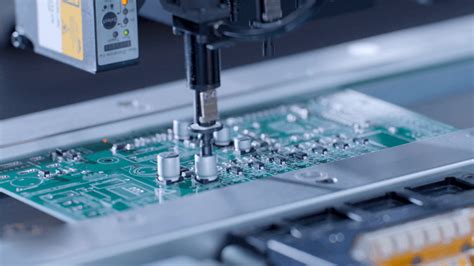
Key Takeaways
In the realm of SMT assembly, significant advancements have transformed the landscape of pcb assembly and overall electronics manufacturing. These innovations focus not only on improving efficiency but also on increasing the accuracy and quality of pcba processes. Recent developments include automation technologies, which streamline production lines, resulting in reduced turnaround times and enhanced precision during soldering and component placement. Additionally, new materials such as low-temperature solder and high-conductivity substrates are being employed, contributing to the durable performance of circuit boards.
Another noteworthy aspect is the integration of advanced inspection technologies such as automated optical inspection (AOI) systems. These technologies are essential for maintaining rigorous quality control standards, allowing manufacturers to identify defects with greater reliability than ever before. Furthermore, implementing data analytics in the production process facilitates real-time monitoring and predictive maintenance, making operations more proactive rather than reactive.
| Innovation Area | Impact on PCB Assembly |
|---|---|
| Automation | Streamlined production processes |
| Advanced Materials | Enhanced durability and performance |
| Inspection Technology | Improved defect detection capabilities |
| Data Analytics | Proactive maintenance and monitoring |
By embracing these cutting-edge innovations, companies in the field can expect not only to enhance their product offerings but also pave the way for a more sustainable manufacturing model that takes environmental considerations into account. As these advancements continue to evolve, they will undoubtedly shape the future of SMT assembly, ensuring that electronic devices meet rising consumer expectations for performance and reliability.
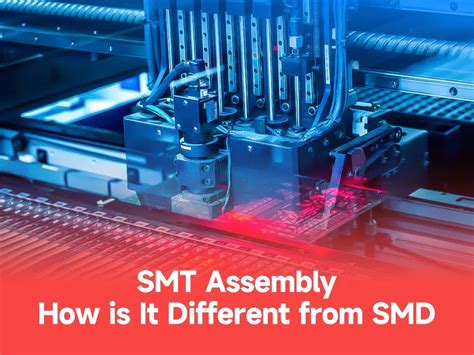
Introduction to SMT Assembly: A Game-Changer in Electronics Manufacturing
Surface Mount Technology (SMT) assembly has revolutionized the realm of electronics manufacturing, providing significant improvements in pcb assembly processes. This innovative approach allows for the attachment of components directly onto the surface of circuit boards, which not only minimizes space but also enhances accuracy in component placement. The adoption of SMT has facilitated the rapid evolution of PCBA (Printed Circuit Board Assembly) techniques, driving manufacturers to embrace more compact designs and increasing production speed.
Moreover, the versatility offered by SMT enables manufacturers to utilize a wider variety of components, empowering them to meet diverse consumer needs efficiently. As a result, modern electronics are not only lighter but also more robust and reliable. This shift towards SMT assembly is characterized by its ability to reduce production costs while improving overall quality and performance metrics.
"Investing in advanced SMT practices ensures that manufacturers are not left behind amidst rapidly changing technological landscapes."
The progression in this domain reflects the growing demand for high-density interconnects that are vital for today’s complex electronic devices. With advancements in machine automation and innovative materials designed specifically for SMT, businesses can expect even higher levels of consistency and quality in their pcb assembly outcomes. Therefore, understanding the impact and advantages of SMT assembly is crucial for anyone involved in electronics manufacturing.
In summary, as we delve deeper into this topic, we will explore various cutting-edge techniques and technologies that are shaping the future of electronics manufacturing, emphasizing how these innovations can lead to superior efficiency and performance in every step of the PCBA process.

Advanced Techniques in SMT Assembly: Boosting Efficiency and Accuracy
In the realm of pcb assembly, enhancing efficiency and accuracy is paramount for achieving high-quality pcba outcomes. Recent advancements in SMT assembly techniques leverage precision placement systems that utilize vision alignment technology, allowing for improved accuracy during the assembly process. These systems ensure that components are placed with exceptional precision, reducing misalignments that could lead to operational failures. Furthermore, the integration of automation has streamlined workflows, minimizing human error and maximizing throughput. Technologies such as selective soldering and advanced reflow methods have also emerged, enabling better thermal management and solder joint reliability, which are essential for robust circuit performance. These innovative approaches not only enhance the overall speed of production but also improve the quality of the finished products significantly, setting a new standard in SMT assembly practices. By consistently implementing these advanced techniques, manufacturers can enhance their competitive edge in an ever-evolving electronics market while ensuring that every pcba meets stringent industry standards for performance and durability.
Cutting-Edge Technologies Driving Innovations in SMT Assembly
The realm of SMT assembly has witnessed remarkable shifts driven by technological advancements, fundamentally reshaping the landscape of pcb assembly and pcba processes. One such pivotal innovation is the integration of intelligent automation, which has significantly improved production rates and streamlined workflows. By employing robotics and sophisticated algorithms, manufacturers can achieve unprecedented precision in placing components onto circuit boards, thus enhancing the overall accuracy of the assembly process. Furthermore, systems equipped with real-time monitoring capabilities enable instant feedback on production quality, thereby minimizing the risk of defects and ensuring that every board meets high standards.
Additionally, advancements in 3D printing technology have started to play a crucial role in developing custom components tailored for specific applications within SMT assembly. This capability not only accelerates prototyping but also reduces material waste, aligning with contemporary sustainability goals in electronics manufacturing. The utilization of advanced materials, such as flexible substrates and low-temperature solder, further exemplifies how innovation is not merely confined to machinery but extends to the very building blocks of pcba.
As we continue to explore these cutting-edge technologies, one cannot overlook their profound impact on increasing competitiveness in a rapidly evolving industry. The ability to adapt swiftly to market demands while upholding quality guarantees a promising future for manufacturers engaged in SMT assembly.
Materials and Tools Enhancing SMT Assembly Processes
In the realm of SMT assembly, the choice of materials and tools plays a pivotal role in optimizing the overall production process of pcb assembly or pcba. Advanced substrates, such as high-temperature laminates and flexible materials, are increasingly being utilized to accommodate the demands of compact designs while ensuring reliability. These substrates not only enhance thermal performance but also improve signal integrity, which is crucial for modern electronic devices. Furthermore, precision tools, such as automated pick-and-place machines equipped with sophisticated vision systems, help in achieving greater placement accuracy and reduced cycle times. The integration of laser depaneling tools allows for more precise cutting of circuit boards while minimizing substrate damage. Moreover, volumetric dispensing systems are also being used to ensure precise application of solder paste, significantly impacting the quality and durability of solder joints in the final assembly. By adopting these innovative materials and tools, manufacturers can enhance their SMT assembly processes, ensuring that each pcba meets stringent industry standards while promoting efficiency and scalability in production lines. This careful selection not only elevates the quality of circuit board production but also sets a benchmark for future advancements in electronics manufacturing.
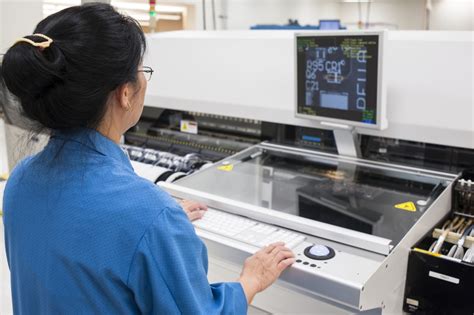
Quality Control Measures: Ensuring Superior Circuit Board Production
In the realm of SMT assembly, rigorous quality control measures are essential to guarantee the production of high-quality circuit boards. Effective control systems incorporate a variety of analytical techniques to monitor each stage of the pcb assembly process. By utilizing real-time data analysis, manufacturers can swiftly detect anomalies that may affect the accuracy and efficiency of pcba production. Automated optical inspection (AOI) systems play a pivotal role in this regard, providing critical feedback on component alignment and soldering quality. Moreover, adopting statistical process control (SPC) allows engineers to track variances in the manufacturing process, facilitating proactive adjustments before defects arise. These stringent controls not only enhance the reliability of circuit boards but also reduce waste and lower production costs, establishing a significant edge in the competitive electronics market. As advancements continue in SMT technology, maintaining robust quality protocols will remain crucial for achieving superior standards in circuit board production, thus assuring that each pcb assembly meets customer expectations for performance and longevity.
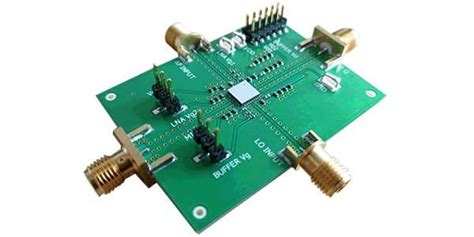
Environmental Considerations in Modern SMT Assembly Practices
In today’s world, the importance of environmental sustainability cannot be overstated, and this applies equally to SMT assembly processes in pcb assembly and PCBA (Printed Circuit Board Assembly). As manufacturers strive to enhance efficiency and accuracy while minimizing their environmental impact, innovative approaches are being adopted. These include the use of eco-friendly materials that reduce waste and are less harmful to the environment. For instance, lead-free solder materials are being widely embraced, aligning with regulations aimed at reducing toxic substances in electronic manufacturing. Additionally, advanced recycling techniques have been implemented to manage surplus components and defective boards effectively. By incorporating energy-efficient machinery and optimizing production processes, companies not only reduce their carbon footprint but also cut operational costs. Furthermore, a shift towards modular designs allows for easier repairs and upgrades, promoting a circular economy where products are reused rather than disposed of. These practices not only demonstrate a commitment to environmental stewardship but also enhance the overall quality and reliability of SMT assembly, ultimately benefiting both manufacturers and consumers in the long run.
Future Trends in SMT Assembly and Electronics Manufacturing
As the landscape of SMT assembly continues to evolve, it is crucial to keep an eye on emerging trends that promise to reshape the future of electronics manufacturing. One significant trend is the integration of automation and robotics into the pcb assembly process, which facilitates faster production cycles and enhanced precision. This shift towards increased automation not only reduces human error but also allows for better scalability in pcba operations, enabling manufacturers to meet growing demand without compromising on quality. Additionally, advancements in materials science are inspiring innovations in substrate and solder materials used in SMT assembly, leading to improved thermal management and performance durability. The rise of Industry 4.0, characterized by smart manufacturing ecosystems, will further enhance data analytics capabilities within SMT processes, driving efficiency through real-time monitoring and predictive maintenance. Moreover, sustainability remains at the forefront, with eco-friendly materials and processes being adopted to minimize waste and energy consumption. These trends indicate a promising future for SMT assembly as it continues to adapt to the fast-paced developments within the electronics industry, ultimately contributing to higher quality products and improved manufacturing practices.
Conclusion
In summary, the realm of SMT assembly has undergone significant transformations, driven by a relentless pursuit of efficiency and quality in pcb assembly processes. The integration of advanced techniques and cutting-edge technologies has not only streamlined production workflows but also ensured greater accuracy in the placement and soldering of components on circuit boards. Innovations such as automation in pcba processes and the utilization of sophisticated materials have redefined the standards for quality control, ultimately enhancing overall circuit board production capabilities. As manufacturers adopt modern practices that emphasize sustainability and environmental considerations, the future of SMT assembly appears promising. These advancements not only pave the way for improved performance but also hold the potential to revolutionize electronics manufacturing, making it more adaptive to evolving market demands. The ongoing commitment to research and development in this field underscores a collaborative effort to push boundaries, ensuring that SMT assembly will remain at the forefront of technological advancements in circuit board production. Thus, as we look ahead, it is evident that these innovations will play a crucial role in shaping a more efficient, high-quality future for electronics manufacturing.

FAQs
What is SMT assembly and why is it important for PCB production?
SMT assembly refers to Surface Mount Technology, a method of producing electronic circuits where components are mounted directly onto the surface of printed circuit boards (PCBs). This technique is crucial for pcb assembly as it allows for greater efficiency, improved accuracy, and enhanced quality of electronic products.
What advancements in SMT assembly have been made recently?
Recent innovations in SMT assembly include the use of automated equipment that employs advanced algorithms to improve placement accuracy and speed. These enhancements not only boost the overall productivity of pcba, but also significantly reduce the risk of human error, leading to higher quality outcomes.
How do materials used in SMT assembly affect production?
The selection of high-quality materials is critical in pcb assembly, as they influence the durability and performance of electronic devices. The latest trends involve using robust yet lightweight materials that can withstand the rigors of modern electronics while providing superior conductivity.
What measures are taken to ensure quality control in SMT assembly?
Quality control in SMT assembly involves rigorous testing and inspection processes, including automated optical inspection (AOI) and functional testing. These measures ensure that each PCBA meets strict quality standards prior to deployment.
How is environmental sustainability addressed within SMT practices?
Modern SMT assembly practices increasingly focus on reducing waste and using eco-friendly materials. This shift not only helps minimize environmental impact but also aligns with global trends toward sustainable manufacturing processes.
Explore More about PCB Assembly
For those looking to dive deeper into pcb assembly, please click here. This resource offers comprehensive insights into advanced techniques and technologies that can enhance your understanding of the field.


